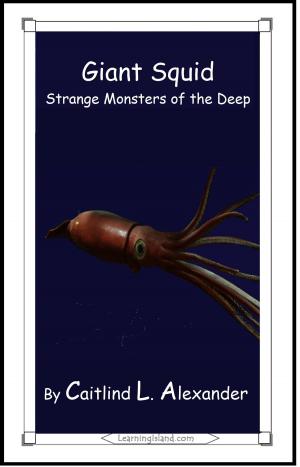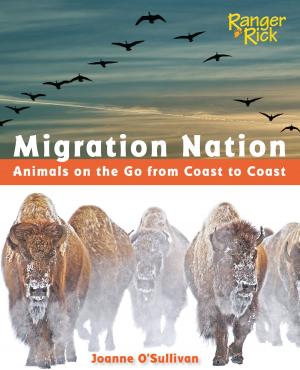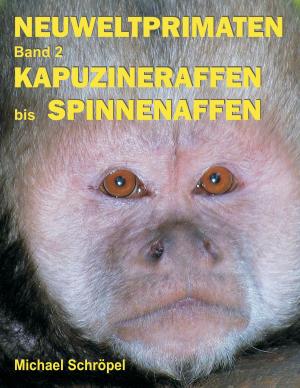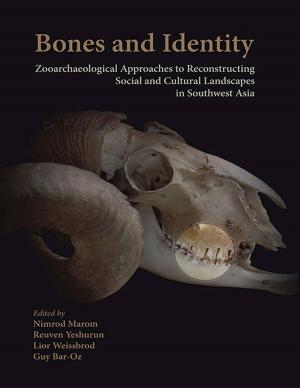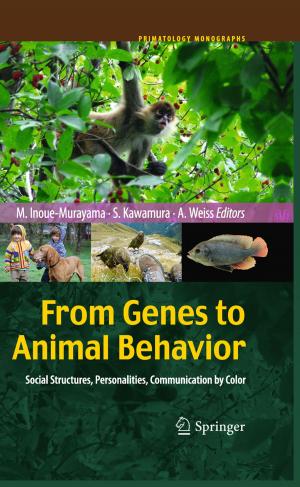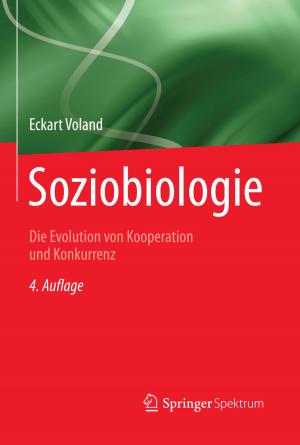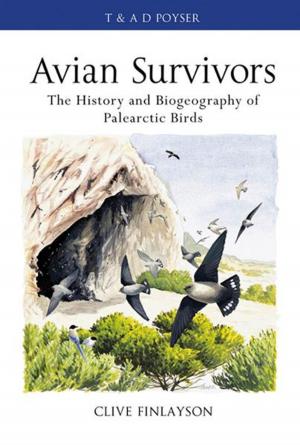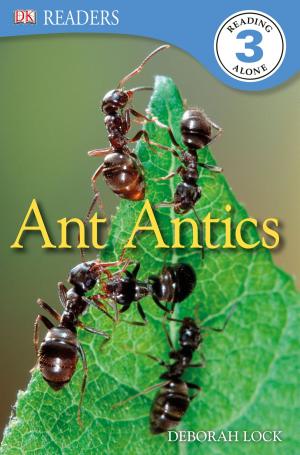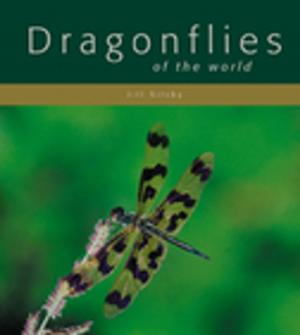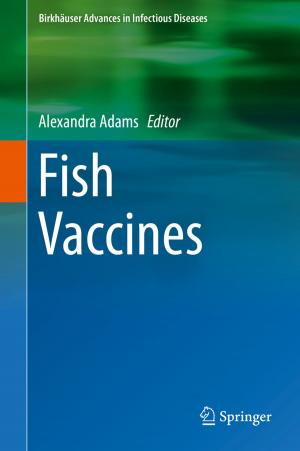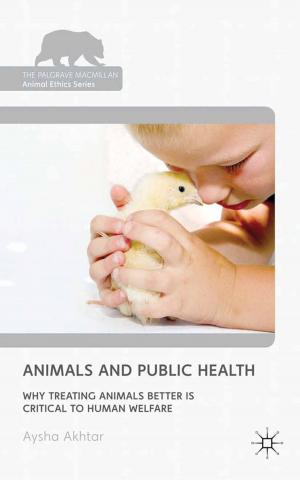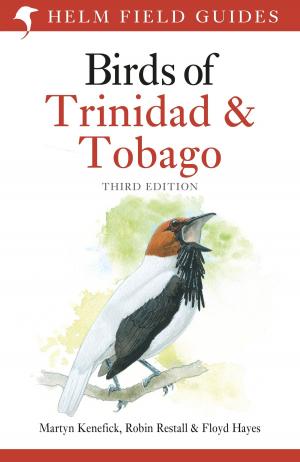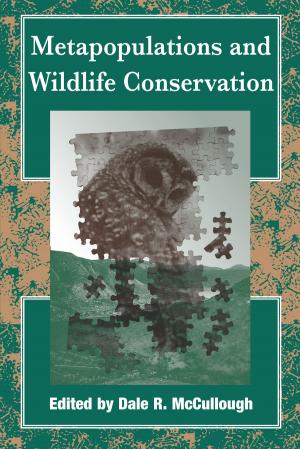Guide of Amphibians and Reptiles of São Tomé and Príncipe
Nonfiction, Science & Nature, Science, Other Sciences, Study & Teaching, Biological Sciences, Zoology| Author: | César J. Pollo | ISBN: | 9781370487394 |
| Publisher: | César J. Pollo | Publication: | February 23, 2018 |
| Imprint: | Smashwords Edition | Language: | English |
| Author: | César J. Pollo |
| ISBN: | 9781370487394 |
| Publisher: | César J. Pollo |
| Publication: | February 23, 2018 |
| Imprint: | Smashwords Edition |
| Language: | English |
The Gulf of Guinea oceanic islands (Príncipe, São Tomé and Annobón) are the result of volcanic activity of the Cameroon Volcanic Line that occurred along this fracture in the earth’s crust during the lower Tertiary and early Quaternary and that continues inland as the Cameroon/Nigerian mountains.
They are located between 220 and 350 kilometers from the western coast of Central Africa and have never been in contact with the mainland. The three islands are separated from each other and from the West African coastlines by ocean depths in excess of 3000 m.
São Tomé is geologically younger than Príncipe and considerably larger, at 836 km2, is situated 280 km off the mainland and 180 km northeast of the southern-most of the oceanics. Príncipe has only about 136 km2 in area, but it is well-watered and has significant relief provided by a central volcanic peak, it is about 146 km northeast of São Tomé, 220 km from de African mainland and 220 km southwest of Bioko (known in colonial times as Fernando Poo and now part of the Republic of Equatorial Guinea).
The herpetofauna of these islands includes 27 species of reptiles, 18 of which are currently considered to be endemic and eight species of endemic amphibians of five families. The cryptic diversity within the islands populations only recently began to be addressed. Due to this, several new species have been described in recent years, while others are currently on the process of being described, as well as it undermines efforts to apply successful and appropriated conservation strategies.
These islands harbour a diverse amphibian fauna, seven frogs and one caecilian, the rate of endemism of amphibians in São Tomé e Príncipe is 100%. Amphibian's endemism on the islands are: Leptopelis palmatus, considered a classic example of island gigantism, that lives in the lowland forests and Phrynobatrachus dispar and Hyperolius drewesi only found on Príncipe. Hyperolius thomensis, Phrynobatrachus leveleve, Ptychadena newtoni and Schistometopum thomense have only been found on São Tomé. The genus Hyperolius is endemic to the two islands.
For reptiles, aside from Hemidactylus longicephalus and Pelusios castaneus on São Tomé, Trachylepis cf. affinis in Príncipe, and Hemidactylus mabouia and Boaedon cf. fuliginosus on both islands, all other reptile species appear to be endemics, Hemidactylus and Lygodactylus geckos, Panaspis skinks and various snakes, Philothamnus thomensis, Philothamnus girardi (Annobón), Hapsidophrys principis, etc.
The reptiles and amphibians of the Gulf of Guinea islands pose some of the most difficult questions with respect to colonization. Some genetic analysis indicates that some of these species appear to have their closest relatives in East Africa.
São Tomé and Príncipe is a breeding place for five of the seven known species of marine turtles in the world, has one of the 11 populations with maximum risk of extincion worldwide, turtle population of the critically endangered Hawksbill (Eretmochelys imbricata), the only viable nesting population in the Eastern Atlantic. Príncipe Island possesses one of the last sea turtle aggregations in West Africa. Despite its high conservation value, local and regional information on their numbers and habitats remains scarce.
The Gulf of Guinea oceanic islands (Príncipe, São Tomé and Annobón) are the result of volcanic activity of the Cameroon Volcanic Line that occurred along this fracture in the earth’s crust during the lower Tertiary and early Quaternary and that continues inland as the Cameroon/Nigerian mountains.
They are located between 220 and 350 kilometers from the western coast of Central Africa and have never been in contact with the mainland. The three islands are separated from each other and from the West African coastlines by ocean depths in excess of 3000 m.
São Tomé is geologically younger than Príncipe and considerably larger, at 836 km2, is situated 280 km off the mainland and 180 km northeast of the southern-most of the oceanics. Príncipe has only about 136 km2 in area, but it is well-watered and has significant relief provided by a central volcanic peak, it is about 146 km northeast of São Tomé, 220 km from de African mainland and 220 km southwest of Bioko (known in colonial times as Fernando Poo and now part of the Republic of Equatorial Guinea).
The herpetofauna of these islands includes 27 species of reptiles, 18 of which are currently considered to be endemic and eight species of endemic amphibians of five families. The cryptic diversity within the islands populations only recently began to be addressed. Due to this, several new species have been described in recent years, while others are currently on the process of being described, as well as it undermines efforts to apply successful and appropriated conservation strategies.
These islands harbour a diverse amphibian fauna, seven frogs and one caecilian, the rate of endemism of amphibians in São Tomé e Príncipe is 100%. Amphibian's endemism on the islands are: Leptopelis palmatus, considered a classic example of island gigantism, that lives in the lowland forests and Phrynobatrachus dispar and Hyperolius drewesi only found on Príncipe. Hyperolius thomensis, Phrynobatrachus leveleve, Ptychadena newtoni and Schistometopum thomense have only been found on São Tomé. The genus Hyperolius is endemic to the two islands.
For reptiles, aside from Hemidactylus longicephalus and Pelusios castaneus on São Tomé, Trachylepis cf. affinis in Príncipe, and Hemidactylus mabouia and Boaedon cf. fuliginosus on both islands, all other reptile species appear to be endemics, Hemidactylus and Lygodactylus geckos, Panaspis skinks and various snakes, Philothamnus thomensis, Philothamnus girardi (Annobón), Hapsidophrys principis, etc.
The reptiles and amphibians of the Gulf of Guinea islands pose some of the most difficult questions with respect to colonization. Some genetic analysis indicates that some of these species appear to have their closest relatives in East Africa.
São Tomé and Príncipe is a breeding place for five of the seven known species of marine turtles in the world, has one of the 11 populations with maximum risk of extincion worldwide, turtle population of the critically endangered Hawksbill (Eretmochelys imbricata), the only viable nesting population in the Eastern Atlantic. Príncipe Island possesses one of the last sea turtle aggregations in West Africa. Despite its high conservation value, local and regional information on their numbers and habitats remains scarce.

